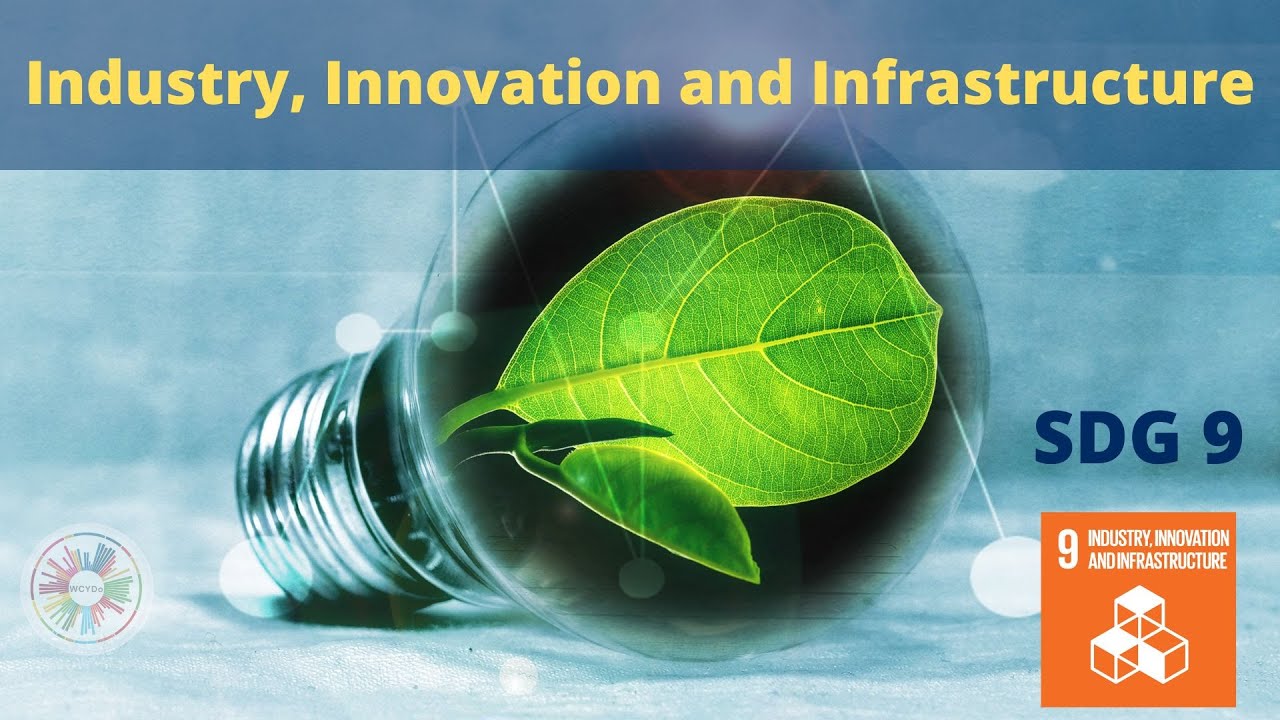Advancing Sustainable Development Goals (SDGs): A Path Towards a Better Future
Introduction
The Sustainable Development Goals (SDGs), adopted by
the United Nations in 2015, represent a universal call to action to end
poverty, protect the planet, and ensure prosperity for all by 2030.
Comprising 17 interlinked goals, the SDGs address global challenges such
as inequality, climate change, environmental degradation, and peace and
justice.
This article explores each of the thematic SDGs, their
significance, progress made so far, and actionable steps to accelerate their
achievement.
Thematic SDGs and Their Importance
SDG 1: No Poverty
Objective: End poverty in all its forms everywhere.
- Over 700
million people still live in extreme poverty.
- Key
strategies: Social protection systems, equitable economic policies, and
access to basic services.
SDG 2: Zero Hunger
Objective: End hunger, achieve food security, and
promote sustainable agriculture.
- 828
million people face hunger globally.
- Solutions:
Climate-resilient farming, reducing food waste, and supporting small-scale
farmers.
SDG 3: Good Health and Well-Being
Objective: Ensure healthy lives and well-being for all
ages.
- Challenges:
Pandemics, maternal mortality, and non-communicable diseases.
- Progress
needed: Strengthen healthcare systems and universal health coverage.
SDG 4: Quality Education
Objective: Ensure inclusive and equitable quality
education for all.
- 244
million children are out of school.
- Focus
areas: Digital learning, teacher training, and girls’ education.
SDG 5: Gender Equality
Objective: Achieve gender equality and empower all
women and girls.
- 1 in
3 women faces gender-based violence.
- Solutions:
Equal pay, ending child marriage, and leadership opportunities.
6. SDG 6: Clean Water and Sanitation
Objective: Ensure availability of clean water and
sanitation for all.
- 2
billion people lack safe drinking water.
- Actions:
Water conservation, sanitation infrastructure, and pollution control.
SDG 7: Affordable and Clean Energy
Objective: Ensure access to affordable, reliable, and
sustainable energy.
- 675
million people lack electricity.
- Shift
needed: Renewable energy investments and energy efficiency.
SDG 8: Decent Work and Economic Growth
Objective: Promote sustained, inclusive, and
sustainable economic growth.
- Unemployment
and informal labor remain major challenges.
- Key
solutions: Fair wages, entrepreneurship support, and labor rights.
SDG 9: Industry, Innovation, and Infrastructure
Objective: Build resilient infrastructure and foster
innovation.
- Digital
divide persists in developing nations.
- Strategies:
Smart cities, R&D investments, and sustainable industrialization.
SDG 10: Reduced Inequalities
Objective: Reduce inequality within and among
countries.
- The
richest 10% earn 52% of global income.
- Measures
needed: Progressive taxation, social inclusion policies.
SDG 11: Sustainable Cities and Communities
Objective: Make cities inclusive, safe, and
sustainable.
- Urban
slums house 1 billion people.
- Solutions:
Affordable housing, public transport, and green spaces.
SDG 12: Responsible Consumption and Production
Objective: Ensure sustainable consumption and
production patterns.
- 1.3
billion tons of food is wasted annually.
- Actions:
Circular economy, waste reduction, and ethical consumerism.
SDG 13: Climate Action
Objective: Combat climate change and its impacts.
- Global
temperatures are rising at 1.1°C above pre-industrial levels.
- Urgent
steps: Carbon neutrality, climate adaptation, and green policies.
SDG 14: Life Below Water
Objective: Conserve oceans, seas, and marine resources.
- 8
million tons of plastic enter oceans yearly.
- Solutions:
Marine protected areas, reducing plastic waste.
SDG 15: Life on Land
Objective: Protect and restore terrestrial ecosystems.
- 10
million hectares of forests are lost annually.
- Key
actions: Reforestation, combating desertification, and wildlife
protection.
SDG 16: Peace, Justice, and Strong Institutions
Objective: Promote peaceful and inclusive societies.
- 1
in 4 people lacks access to justice.
- Measures:
Anti-corruption, rule of law, and inclusive governance.
SDG 17: Partnerships for the Goals
Objective: Strengthen global partnerships for
sustainable development.
- Funding
gaps hinder SDG progress.
- Need:
Multilateral cooperation, private sector engagement.
Challenges in Achieving SDGs
- Funding
shortages ($4.2 trillion annual gap).
- Political
resistance and policy inconsistencies.
- Lack
of awareness and localized action.
The Way Forward
- Government
& Policy: Stronger SDG-aligned policies.
- Private
Sector: ESG (Environmental, Social, Governance) investments.
- Individuals: Sustainable
lifestyle choices and advocacy.
Conclusion
The SDGs are a blueprint for a better future but achieving them requires collective action. By understanding each goal and
taking proactive steps, we can ensure a sustainable, equitable, and
prosperous world by 2030.










Comments
Post a Comment